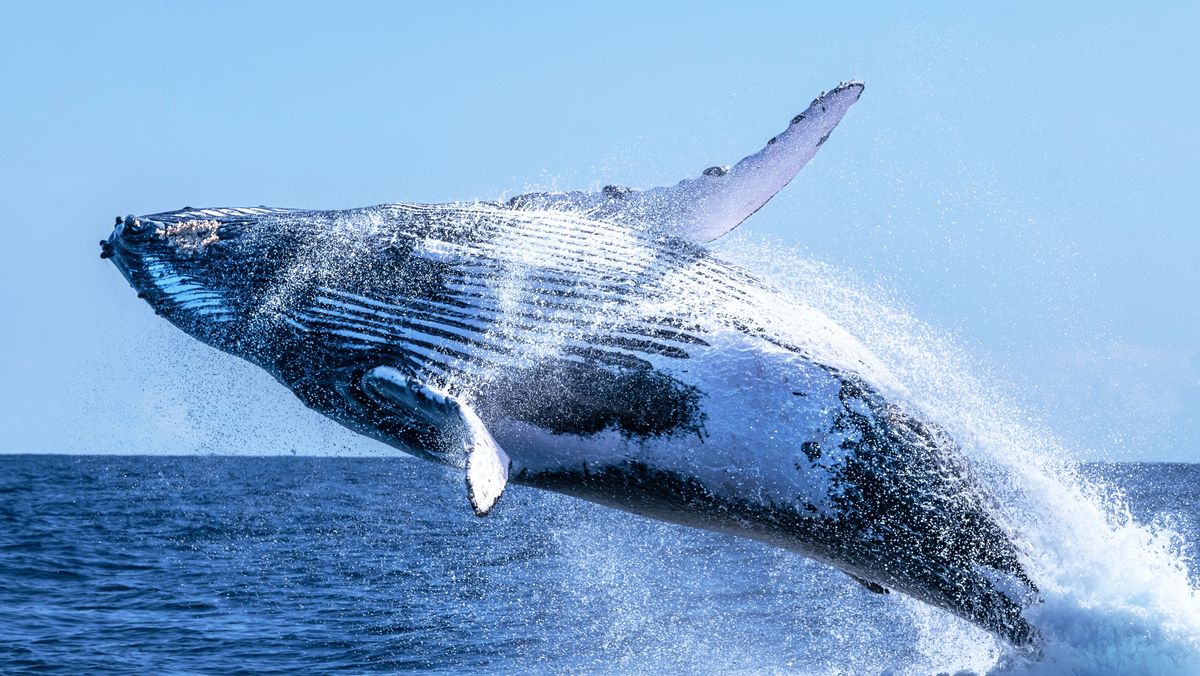Over 1,000 US personnel are expected to be involved in the operation, though the Pentagon stated that “there will be no boots on the ground”. The US’s goal is to deliver at least 2 million meals per day to Gaza, as the UN has warned that a famine is inevitable without action. To help do this, the US has joined forces with a little-known private firm, Fogbow. Fogbow is led by former Marine Corps Lieutenant General Sam Mundy who has commanded forces in the Middle East as well as Mick Mulroy, a former CIA paramilitary officer and Assistant Secretary of Defense in the Middle East.

US military vessels will make their way to the Mediterranean on Saturday and Monday to deliver equipment. The Pentagon says that the plan will include two main components that will need to be assembled – a large floating dock comprised of steel pieces and a two-lane causeway and pier, measuring 1,800 feet (548m). This causeway will be made up of 40-foot interconnected steel segments that will be attached to the shore. It will be built in the sea and “driven” into the beach, which would make sure US forces do not step foot into Gaza. This is because the US is supporting Israel, its ally, and has designated Hamas as a terrorist organization.
Cargo ships will deliver aid to the dock, where the supplies will be offloaded onto a range of many barges and smaller vessels, known as LSVs (logistical support vessels). These LSVs will then drive the aid to Gaza’s coast.
Fogbow will take care of the movement of aid after it reaches the shore. This is known as the “Blue Beach Plan” within the group. The containers will be emptied and put onto trucks which will be taken to distribution points in the Gaza Strip. The plan was approved by the governments of the US and Israel.
However, Fogbow is still looking for funding. They plan to set up a donor-run foundation to solve this and help provide aid to Gaza.
The project, officially Joint Logistics Over-The-Shore, or JLOTS, has been used before by the military in Kuwait, Somalia, Haiti, and many others. The earliest versions of it can be traced back to the Normandy landing on D-Day in WWII.
Military experts have stated that the plan is dependent on security, as the pier is at risk of hostile fire in an active warzone and/or large crowds gathering on the shore that would overwhelm it. Retired Rear Admiral Mark Montgomery, who has had experience delivering humanitarian aid, said that the military “cannot have civilians getting on the pier.” According to Montgomery, this is because “they could be a parent desperately looking for food for their children – or they could be trying to kill somebody. That would shut down operations.”
The Israel Defense Force (IDF) will run “outer” security by preventing large crowds from reaching the shore and keeping the area safe. The distribution of the aid itself will be in the hands of unarmed local Palestinians.
The US Defense Department has said that the temporary pier will allow 2 million meals to enter Gaza a day, which would be almost enough to feed all 2.3 million people living there. It would also exponentially increase incoming aid, with the only other help coming from the Rafah crossing with Egypt, the Kerem Shalom crossing with Israel, and airdrops.
While the most efficient way to get aid into Gaza is through land, aid agencies say that Israeli restrictions only allow a fraction of what is needed to enter. This makes sea deliveries the more logical way to provide aid.
The pier will most likely not be completed in under 2 months. However, the operation could still potentially partly function as Fogbow is looking into the possibility of dredging a beach to allow barges and other vessels to get close enough to the shore that humanitarian aid can be loaded onto trucks.










































